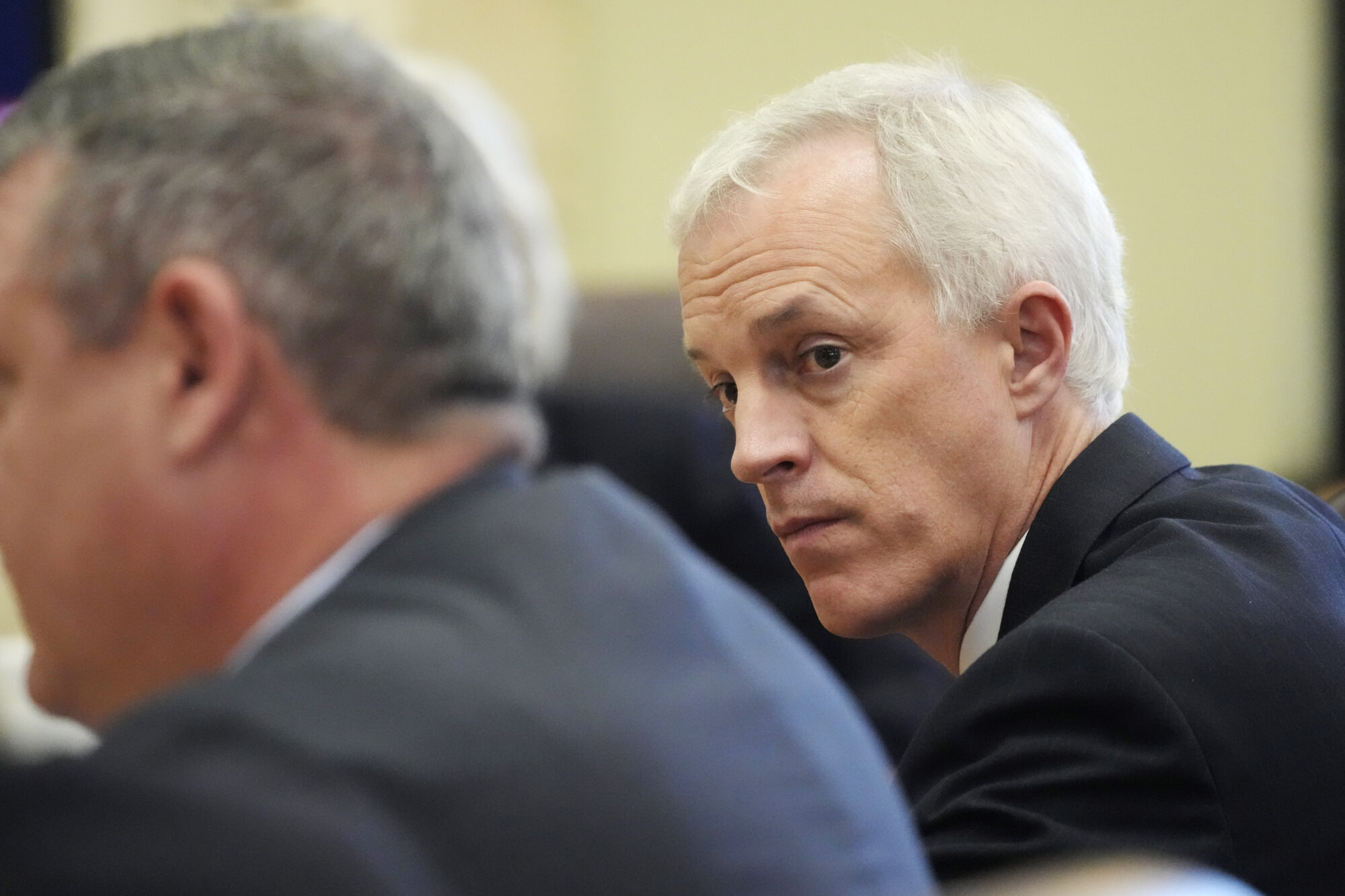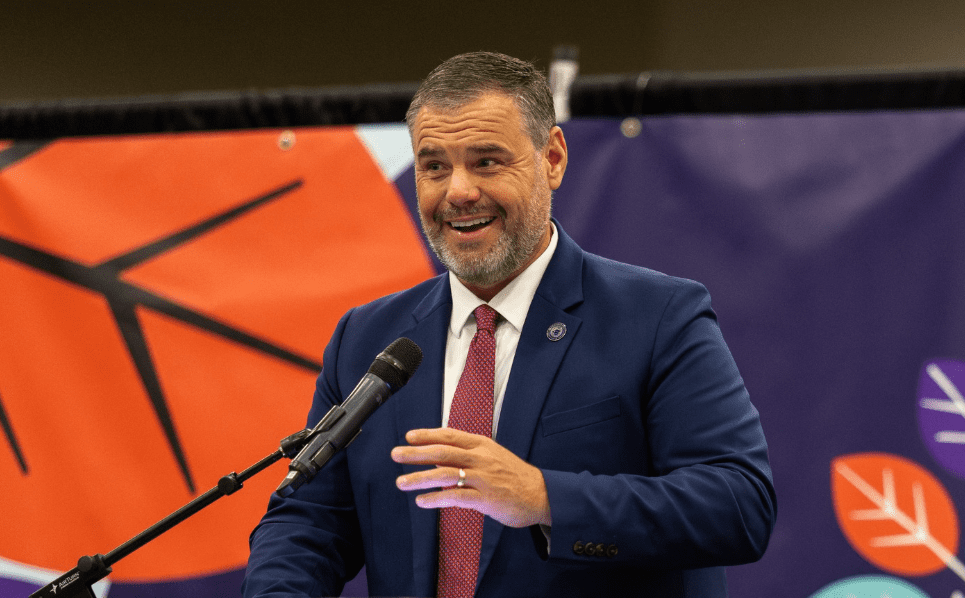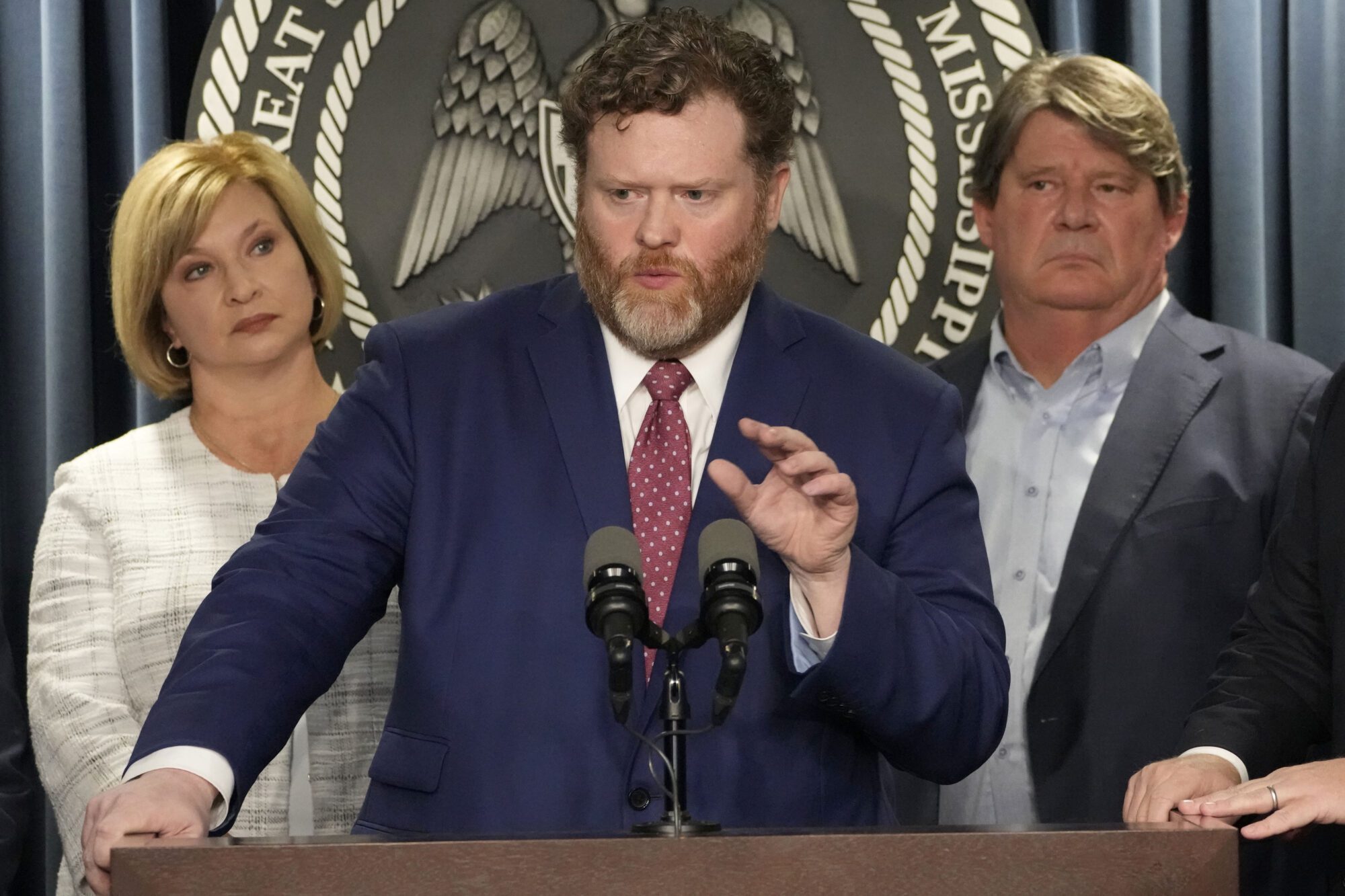
(Photo from MSU Center for Continuing Education)
- Representatives from Miss. State, Ole Miss, Southern Miss and Jackson State recently met with the state Senate’s Labor Force Participation Study Group.
Representatives with each of Mississippi’s four public research institutions of higher learning presented information on how they can help improving the workforce participation rate in the state during a recent meeting of the Senate Labor Force Participation Study Group.
Lawmakers heard from Mississippi State University, University of Southern Mississippi, and Jackson State University about programs they have undertaken, while the University of Mississippi made the case for seeking higher education.
Mississippi State University
At Mississippi State, there is a focus on providing online distance learning opportunities to working adults to increase their earning potential, said Dean of the College of Professional and Continuing Studies Dr. Susan Seal.
Seal told lawmakers that MSU has noticed a decline in the average age of those taking online courses, dropping from 32 to 28-years-old due to increased interest. She added that MSU offers 130 online programs.
“As we all know, the workforce is changing probably faster than it has in a long time with AI coming at us and all the different things happening,” Seal said. “If you had a degree from 10 to 15 years ago there’s a good chance you need to re-skill for the new jobs, the jobs in a new economy.”
According to information Seal presented from the Chronicle of Higher Education Reports, Mississippi’s rate of 30.1 percent beats the national average of 26.7 percent adults 25 and older who hold a high school diploma. However, neighboring states have higher percentages. Louisiana sits at 33.3 percent while Arkansas’ rate is 33.9 percent.
When it comes to adults in that age group who hold higher education degrees, Mississippi’s rate of 13.8 percent for bachelor’s degree holders lags behind the national average of 20.2 percent. However, more Mississippians – 10.2 percent – hold an associate’s degree than the national average of 8.6 percent.
When asked by State Senator Daniel Sparks (R) why Mississippi’s rate of those who hold bachelor’s degrees lags, Seal said it appears as though there is a percentage of young adults who are more focused on getting to work quickly.
“But a lot of times they are going out, taking those quick jobs,” Seal described. “They’ve got to get out, a lot of times they got to take care of their families, their larger families, maybe even their parents. And so, they’re going ahead and getting a job.”
Seal said the statistic provides an opportunity to work with those who hold an associate’s degree to work towards a bachelor’s or even a masters.
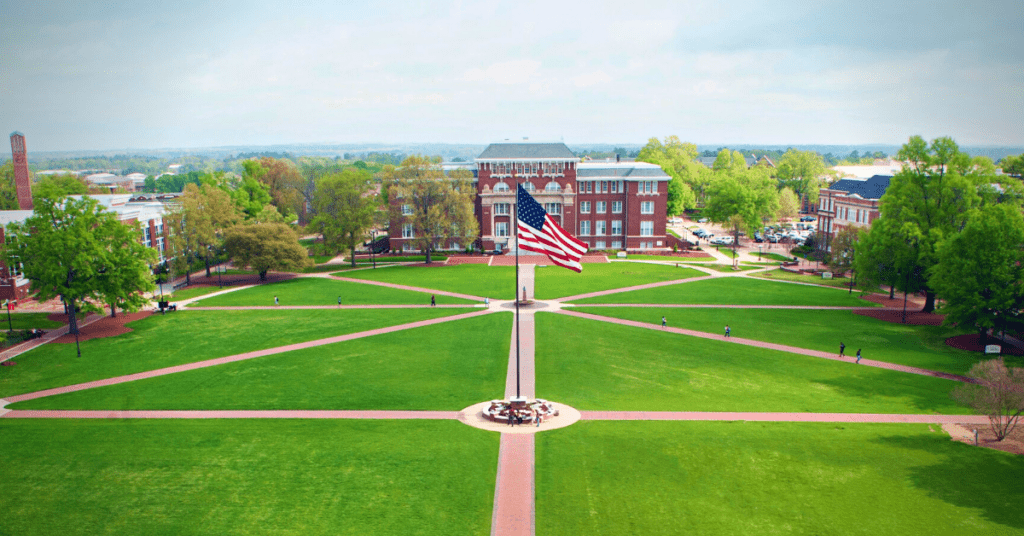
To get more bachelor’s degrees into the hands of Mississippians, Dean Seal said MSU created the College of Professional and Continuing Studies to provide various paths.
Yet not every path leads to a degree. Courses that increase skills could still result in a raise or better position within companies. Seal used the example of providing skills training to firefighters. While the college can’t teach them how to fight fires, it can provide education in communication skills and how to work with federal and state leaders.
Meeting the needs of businesses who want to provide employees with additional skills could benefit both parties and may entice the employer to continue to invest in that employee.
“We also know that skill is not the only thing,” Seal elaborated. “There’s been a little of a pendulum where companies are saying, ‘We just need the skills stuff, they don’t need degrees. They just need the skills.’ And then what they find out is, ‘Okay they have the skills, but they don’t know how to think critically, they don’t know how to communicate, they don’t know how to work in teams.’ Turns out you learn a lot of that getting that full degree.”
Such a partnership may encourage the employer to help cover the cost of the additional education, Seal said.
Universities also have to find ways to accommodate adult workers, who have full-time jobs and family responsibilities.
As a first step for the reticent who only see hurdles in their path to continued education, skills-based training could be a way to get them back in college. Seal said it might require financial help from private donors or scholarships to overcome the financial hurdle.
University of Southern Mississippi
As the state’s institution of higher learning with campuses on the Gulf Coast, USM is focused on building the Blue Economy, said Vice President for Research Dr. Kelly Lucas.
The Blue Economy, Lucas described, focuses on oceanic, maritime and marine economies.
“This is not new. This is Mississippi’s heritage, especially the heritage of the Mississippi Gulf Coast,” Lucas added. “You’re talking seafood, you’re talking marine transportation, shipbuilding, marine construction, offshore minerals, tourism and recreation, those type things.”
The industry globally is worth about $3 trillion, of which the United States represents $369 billion of the GDP, Lucas said. A third of that domestic total is in the Gulf of Mexico area.
One of the newest companies to set up shop in the state is Ocean Aero, a tech company that uses unmanned systems to provide oceanic data.
“This is going to give you the ability to go into conditions where you don’t want to send humans,” Lucas said.
Technologies needed as part of the new Blue Economy include homeland security and environmental security.
“So, we’re looking to capture the workforce of the future.” Lucas stated.
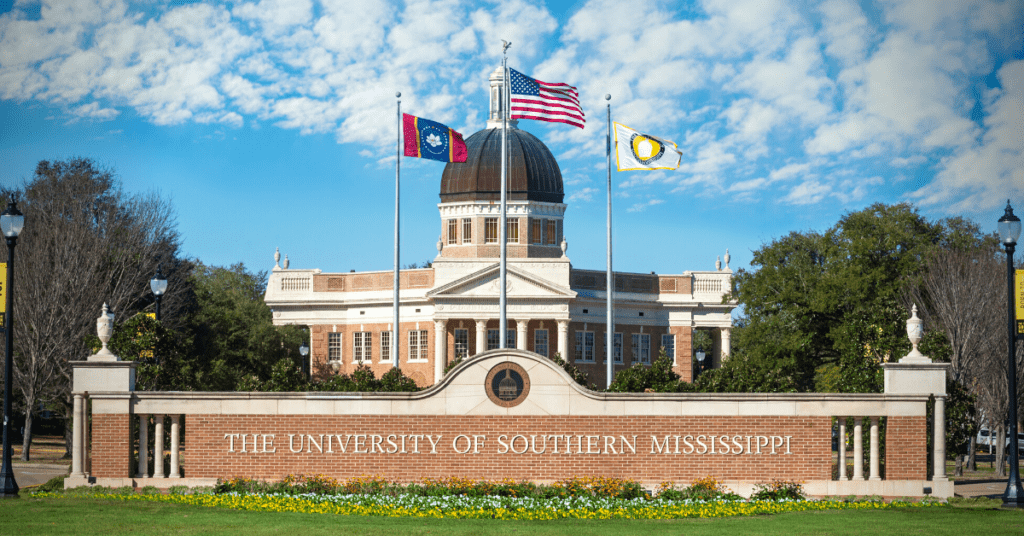
Information from the National Oceanic and Atmospheric Administration (NOAA) demonstrates that there was an increase in businesses and employees in the state’s Blue Economy from 2011 to 2021, most of which was in the tourism and recreation industry. However, about 58 percent of the state’s Blue Economy GDP is in shipbuilding, Lucas noted.
The coastal city of Pascagoula is home to the area’s largest Navy shipbuilder, Huntington Ingalls.
Lucas cautioned the legislative study group about the volatility of the recreation and tourism sector.
“Think oil spill, think pandemic, think hurricane,” Lucas described. “When those type things occur, these are the sectors that really take the hit.”
Jobs in the tourism and recreation industry pay about $2,000 less than the state’s average. Even still, Lucas said that the Gulf Coast on average offers more higher paying jobs, paying about $2,000 more than the state’s current annual average of $48,000.
“So, you do see the Gulf Coast trending slightly above the state of Mississippi in terms of average annual wages,” Lucas said.
A task force was created to find ways for Mississippi to capture more of the nation’s Blue Economy and what USM can do to that end. Lucas said the keys to success will be to find resources to support business development, focus on developing that hub, and building on the state’s advantages.
Lucas, too, advised the Senate that the focus no longer needs to be on high school students.
“You really got to capture people in middle school and start to explain to them the Blue Economy, how it works and what their job opportunities are,” Lucas elaborated.
She added that there are opportunities in aquaculture, developing more marine friendly plastics through polymer sciences, and ocean and coastal data analysis, to name a few.
The Gulf Coast already has a number of sites with the proper infrastructure for growth in the Blue Economy to occur, such as the Thad Cochran Marine Aquaculture Center in Jackson County, the Polymer Institute in Hattiesburg, and a complex at the Port of Gulfport called the Roger F. Wicker Center for Ocean Enterprise.
Some of the degrees offered at USM that apply to the Blue Economy include those in living sciences, oceanography, ocean engineering, and hydrographic science. Other degrees of importance for the changing economy include computer science, electrical technology, electrical engineers and cybersecurity, Lucas described.
Jackson State University
JSU has partnered with companies willing to provide internships and mentorships that many times lead to jobs right out of college. JSU Associate Provost of Academic Affairs Dr. Brandi Newkirk-Turner described the university’s current partnerships with the Walmart corporation and Deloitte.
Through the partnership with Walmart, two vice presidents within the corporation have been appointed to be “executives in residence” at Jackson State. They each lead a group of 10 to 12 students in majors in the College of Business and the College of Science, Engineering and Technology. The Walmart executives not only meet with students to interview them for internship opportunities but provide feedback on curriculum.
Newkirk-Turner said a recent summer internship opportunity allowed seven students to gain hands-on experience, and all seven graduated from JSU, most of which went on to work in the fields within their major. Three of the students now work as Associate Merchants for Sam’s Club. The one student that did not enter the workforce decided to pursue a master’s degree at JSU.
The partnership with Deloitte, an auditing, consulting and tax advisory company, has provided scholarships to 62 students. Fifty of those students participated in the company’s leadership summit and emerging leader programs. Newkirk-Turner added that some of the students have since graduated and returned to JSU to provide mentorships.
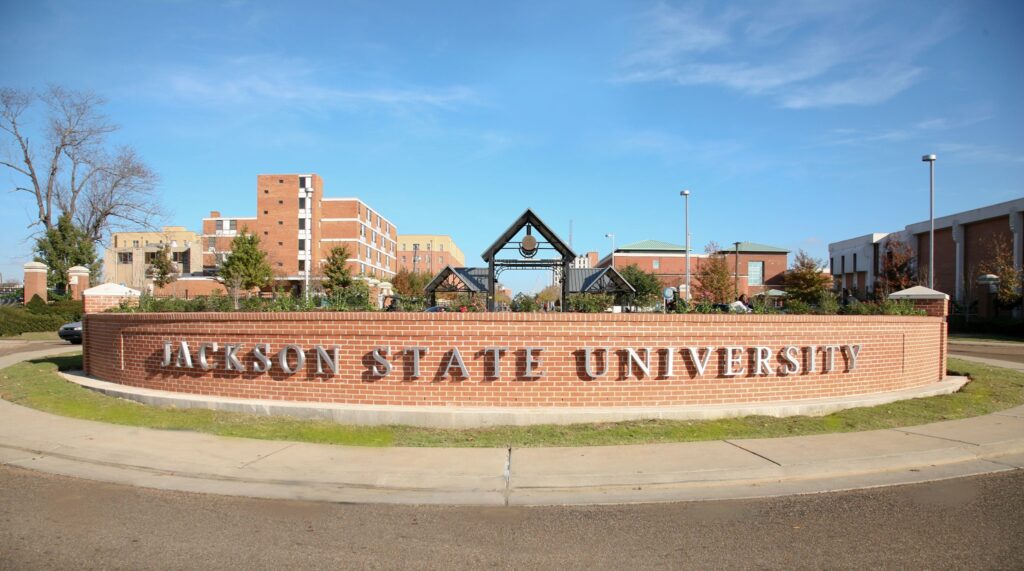
JSU also has a focus on leading technologies in its Mississippi AI Collaborative through Microsoft. Newkirk-Turner said the program has several arms that provide AI training to faculty and students, providing training in the effective use of the new technology in the classroom.
“So, at JSU we are working to ensure that students will graduate from JSU with various experiences in AI to ensure that they are equipped for the future in the evolving workforce,” Newkirk-Turner stated. “Our AI outreach and commitment to digital inclusion also helps to ensure that the broader community and small businesses are not left behind but are instead equipped with the AI skills necessary to excel in the workforce and contribute to the state’s economic growth.”
The collaborative offers resume building, career counseling and job placement support, including access to job fairs that focus on high paying jobs.
“Additionally, the center offers data on future job markets and salary trends to help students align their goals with future opportunities,” Newkirk-Turner added.
According to statistics Newkirk-Turner presented to the legislative study group, a recent career expo hosted 118 employers and 451 students, while a recent teacher recruitment day hosted 80 school districts and 75 students.
JSU’s focus on educating future educators is aimed at addressing the teacher shortage. Through Jackson Middle College, the school focuses on preparing young people to be math teachers. Newkirk-Turner said the program is a collaboration with the Jackson Public School District and the Mississippi Department of Education. It includes approval of a licensure request from MDE to provide algebra and geometry teachers. The dual enrollment course is only for high school students attending one of the seven campuses within the Jackson Public School District. JPS has agreed to pay for the dual enrollment courses in exchange for the student agreeing to work within the district for three years after graduation.
Students in the program attend 15 semester hours of college courses while also attending high school.
“By providing tuition for the first two years of college this program ensures students graduate ready to fill critical need teaching position areas thereby addressing both current and future economic needs,” Newkirk-Turner added.
University of Mississippi
Dr. Noel Wilkin, Provost and Executive Vice Chancellor for Academic Affairs, also spoke to lawmakers at the study group’s meeting. Wilkin focused on the importance of getting a higher education and how the state’s universities are meeting that need.
“An educated society is an employed society,” Wilkin began.
He would later add that adults who hold a bachelor’s degree will make $1 million more in their lifetime than someone with only a high school diploma.
Wilkin also pointed to the state’s Ascent to 55% initiative, which aims to bring the number of residents aged 25 and older with a post-secondary credential up to 55 percent by 2030, and then to 60 percent by 2035. The current rate is 47.6 percent, he said.
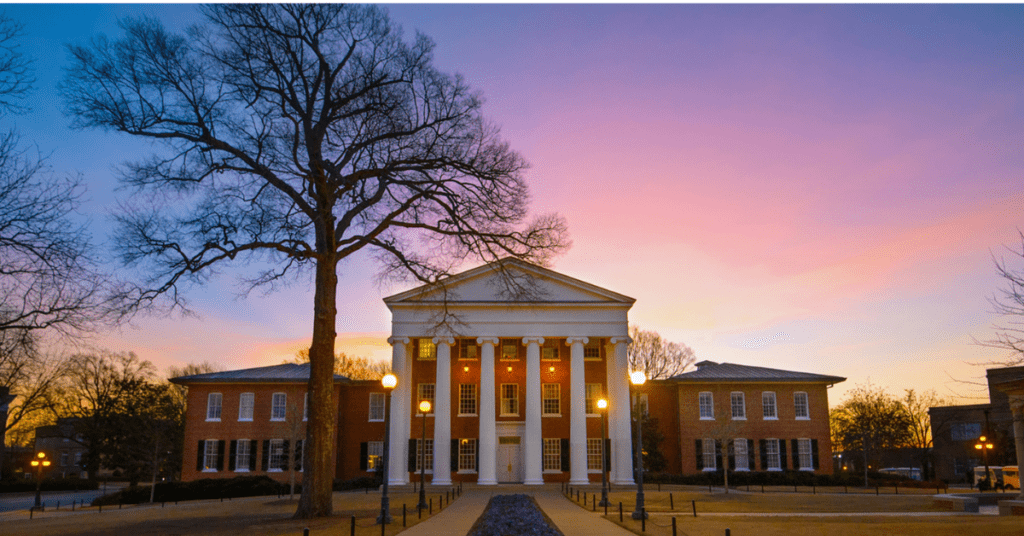
Of all of the college graduates from the state, 38.8 percent come from the four institutions represented at the study group’s meeting, with Ole Miss at 13.4 percent, MSU at 12.8 percent, USM at 8.6 percent, and JSU at 4 percent.
Between 20 to 25 percent of all degrees awarded at Ole Miss are in STEM fields and most students who attend the university are from a southern state, Wilkin added.
“Ninety percent of the degrees over the last decade from our institution are awarded to students who come from SEC states,” Wilkin stated. “We are an SEC university along with our sister institution Mississippi State, and that certainly does make us more visible and attractive to students who come from the southeastern states of the United States.”
While 2022 enrollment numbers show Mississippi State University had 22,649 students and the University of Mississippi had 22,300, just about every other college in the SEC brought in more.
“You can see that Texas A & M leads the SEC with 74,000 students and Vanderbilt is the smallest at 13,000,” Wilkin told lawmakers.
Wilkin went on to commend the state’s programs that are focused on offering degree paths to incarcerated persons because “they help those people move on from their old ways and provide hope for the future.”
“These individuals devoid of the noise that we experience every day in our lives were able to experience the true, raw transformative power of higher education,” Wilkin elaborated. “They were able to see and feel the benefits of what it means to expand one’s mind and grasp new concepts, learn new perspectives and ultimately shape how they think and how they engage with other people.”
Wilkin mentioned that declining birth rates have higher learning institutions concerned about future enrollment numbers, leading to an increasingly competitive market. He presented a forecast from the Western Interstate Commission for Higher Education that predicts Mississippi will experience a 19 percent decline in birth rates between 2019 to 2037. This and other factors are leading to more competitive recruitment efforts nationwide, he said.
“Because of the trends that people see in different regions of the country, we’re seeing more and more institutions go farther beyond their borders to recruit students and we’re bumping into their recruiters from all over the United States right here in our own back yard,” Wilkin said.
